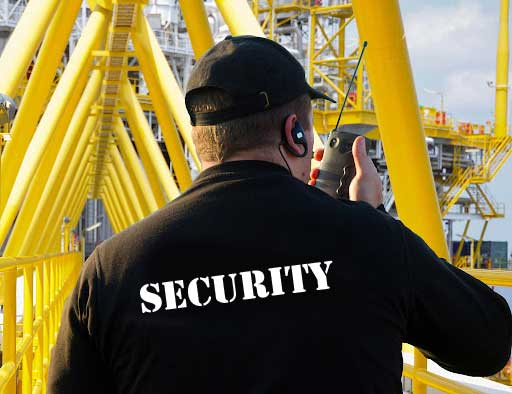Problem Statement: Unauthorized access or tampering of monitoring systems can pose security risks to the stored fluids.
Solution: Implement secure access controls, encryption, and monitoring systems to detect and prevent security breaches.
Safeguarding Remote Tank Monitoring
In the world of remote tank monitoring, where the convergence of technology and critical infrastructure is paramount, security concerns loom large. The proliferation of remote monitoring systems has unlocked unprecedented levels of efficiency and insight, but it has also exposed vulnerabilities to potential security breaches that could jeopardize the safety and integrity of stored fluids.
Unauthorized Access
One of the primary security threats facing remote tank monitoring is the risk of unauthorized access or tampering with monitoring systems. Infiltration by malicious actors could lead to unauthorized adjustments of fluid levels, tampering with sensors, or even sabotage, resulting in environmental hazards, operational disruptions, and financial losses for businesses.
To address these pressing security concerns, it is imperative to implement a multifaceted approach that combines robust access controls, encryption protocols, and comprehensive monitoring systems designed to detect and prevent security breaches in real-time.
 Secure Access Controls
Secure Access Controls
Central to this approach is the implementation of secure access controls that restrict system access to authorized personnel only. By implementing stringent authentication mechanisms such as password protection and multi-factor authentication, organizations can mitigate the risk of unauthorized entry and fortify the integrity of their monitoring systems.
Encryption Technologies
Furthermore, the adoption of encryption technologies plays a pivotal role in safeguarding sensitive data transmitted between remote tank sites and centralized monitoring platforms. Encryption protocols such as Transport Layer Security (TLS) encrypt data in transit, rendering it unreadable to unauthorized parties and safeguarding against interception or eavesdropping attacks.
In addition to access controls and encryption, proactive monitoring systems serve as a crucial line of defense against security breaches. By leveraging advanced analytics algorithms and anomaly detection techniques, organizations can detect suspicious activities, deviations from normal operating parameters, and potential security threats in real-time. Early detection enables swift intervention and mitigation measures to minimize the impact of security incidents and prevent escalation.
Auditing
Moreover, continuous monitoring of system logs and audit trails provides valuable insights into user activities, system interactions, and security events, facilitating post-incident analysis, and forensic investigations to identify the root causes of security breaches and enhance future security posture.
In conclusion, the imperative to address security concerns in remote tank monitoring cannot be overstated. By implementing robust access controls, encryption protocols, and proactive monitoring systems, organizations can fortify the security of their monitoring infrastructure, mitigate the risk of unauthorized access or tampering, and safeguard the integrity of stored fluids. In an era of increasing digitization and connectivity, proactive measures to enhance security resilience are paramount to ensure the safety, reliability, and trustworthiness of remote tank monitoring systems.
